I’ve seen many people get excited about losing weight, only to feel weaker and less toned. It’s not necessary to lose muscle when you’re trying to lose weight. That’s why I’m sharing this guide to help you burn fat while keeping your muscles strong. As a fitness coach, I learned that quick fixes often fail. Real progress comes from strategies that respect your body’s needs.
Many of us struggle with losing weight the wrong way. Cutting calories can lead to energy crashes, and too much cardio can make muscles shrink. But there’s a better way. This article will explain the science behind how to lose weight without losing muscle through diet, exercise, and recovery. You’ll learn how to fuel your body, lift weights effectively, and track your progress without guesswork.
Key Takeaways
- Preserving muscle boosts metabolism and energy.
- Protein intake is critical to avoid muscle breakdown.
- Strength training prevents muscle loss during calorie cuts.
- Tracking body composition, not just weight, shows real progress.
- Small, consistent changes work better than extreme diets.
Understanding Weight Loss and Muscle Preservation
When you want to lose weight without losing muscle, it’s important to know the basics. Fat and muscle play different roles in your body. Let’s explore them.
Discover the Secret to Fast Weight Loss!
The Difference Between Fat and Muscle
Fat stores energy, while muscle helps you move. Here’s a comparison:
| Feature | Fat | Muscle |
|---|---|---|
| Metabolic Rate | 5-10 calories per pound daily | 30-50 calories per pound daily |
| Function | Insulation, energy storage | Strength, movement, metabolism |
Why Muscle Matters in Weight Loss
- Muscle burns more calories even when you’re not moving.
- Keeping muscle helps your metabolism stay high while dieting.
- Strong muscles help with daily tasks and prevent injuries.
Common Myths About Muscle Loss
Let’s clear up some misconceptions:
- Myth 1: “Cardio alone won’t strip muscle if you strength train.”
- Myth 2: “Lifting weights makes women bulky.”
- Myth 3: “Starving yourself is the fastest way to lose weight.”
I want to show you that muscle is your friend, not foe. By debunking these myths, you’ll avoid common mistakes. This sets you up for a successful weight loss plan that works with your body.
Importance of a Balanced Diet
A balanced diet is key to maintain muscle while losing weight. Without the right food, even the best workouts can’t keep lean muscle. Let’s explore how food choices affect your goals.
Key Nutrients for Weight Loss
Four nutrients are crucial: protein, fiber, healthy fats, and vitamins/minerals. Here’s how they help:
- Protein: Builds and repairs muscle tissue
- Fiber: Slows digestion and reduces hunger
- Healthy Fats: Support hormone production and energy
- Micronutrients: Enable metabolic processes
Burn Fat & Boost Your Metabolism!
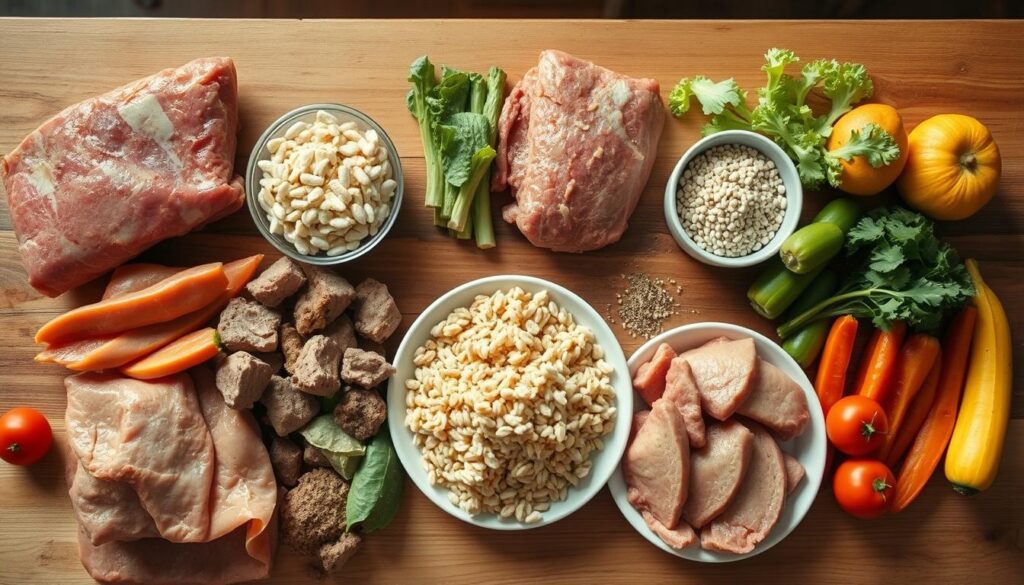
The Role of Protein in Muscle Preservation
Protein intake is vital during calorie deficits. Studies suggest 0.7–1 gram per pound of body weight is best:
| Activity Level | Protein per pound of body weight |
|---|---|
| Sedentary | 0.7g |
| Moderate Exercise | 0.8-0.9g |
| Intense Training | 1.0g+ |
“Leucine-rich proteins trigger muscle protein synthesis more effectively than other amino acids.” – Journal of Nutrition Studies
Healthy Fats vs. Unhealthy Fats
Not all fats are created equal:
| Type | Examples | Impact on Muscle |
|---|---|---|
| Healthy | Avocados, nuts, olive oil | Supports testosterone and satiety |
| Unhealthy | Trans fats, fried foods | Disrupts metabolism and recovery |
Opt for fats that boost your workouts without hindering progress. Focus on whole foods over processed ones.
Creating a Sustainable Caloric Deficit
A caloric deficit is key for weight loss, but big cuts can harm muscle. I’ve seen success by mixing science with real-life tips. Here’s how to make your plan work:
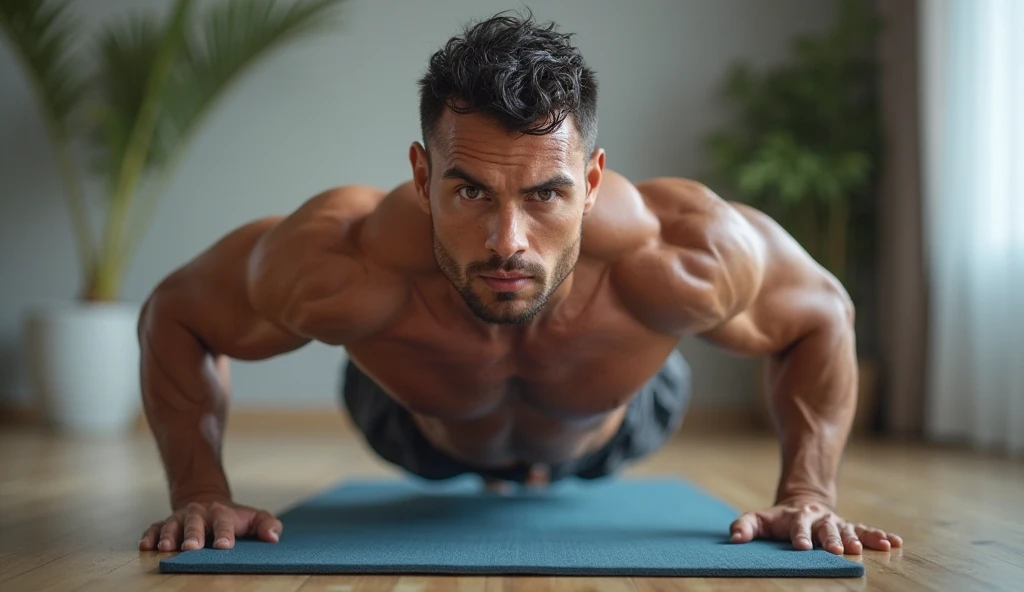
Finding Your Maintenance Calories
First, guess your maintenance calories—the amount for your current weight. Use the Mifflin-St Jeor equation or apps like MyFitnessPal to find your starting point. Aim for a 20-25% deficit to avoid big drops.
How to Calculate Your Caloric Needs
- Multiply your weight by 10-15 calories per pound, based on your activity level.
- For weight loss, subtract 20-25% from this number.
- Check your progress weekly and adjust as needed.
Tips for Reducing Calories Without Starving
Focus on quality over quantity. Eat more protein-rich foods like chicken, tofu, or lentils to keep muscles strong. Swap bad carbs for fiber-rich ones and cut down on fried foods. Preserve muscle mass during weight loss by:
- Having weekly “refeed days” to boost metabolism.
- Using carb cycling: eat more carbs on workout days, less on rest days.
- Drinking water before meals to naturally reduce hunger.
Tracking what you eat doesn’t mean counting every bite. Use these tips to lose fat while keeping your muscle.
The Role of Strength Training in Weight Loss
Strength training is key to keeping muscle while losing fat. My experience shows that strategies for losing weight without losing muscle need regular resistance exercises. Let’s explore the science-backed ways to keep muscles strong while dieting.
Types of Strength Training Exercises
Focus on exercises that work big muscle groups for best results:
- Compound lifts (squats, deadlifts, bench presses) build overall strength.
- Isolation moves (bicep curls, leg extensions) target specific areas.
- Bodyweight exercises (push-ups, pull-ups) are great for all fitness levels.
- Machines help beginners or those recovering from injuries by stabilizing movements.
Benefits of Resistance Training
A good routine offers many benefits:
“Resistance training increases metabolic rate and preserves lean mass during calorie deficits.” – Journal of Sports Science
It stops muscle loss, boosts metabolism, and makes fat loss better. It also strengthens bones and joints, lowering injury risk during weight loss.
How Often Should I Train?
How often you train depends on your goals and schedule. Here’s a guide:
| Training Split | Frequency | Best For |
|---|---|---|
| Full-Body | 3x/week | Beginners and those with little time |
| Upper/Lower Split | 4x/week | Intermediate lifters |
| Push/Pull/Legs | 5x/week | Advanced trainees focusing on muscle retention |
Use 8-12 rep ranges with 60-90 second rests. Increase volume slowly to avoid overtraining.
Combine these strategies for losing weight without losing muscle with a good diet. Focus on progressive overload—gradually increase weight or reps—to keep muscles strong.
Incorporating Cardio Without Muscle Loss
Finding the right mix of cardio and strength training is crucial for tips for retaining muscle while losing weight. Cardio helps burn fat but needs careful planning to keep muscle intact. Here’s how to set up your workout routine for the best results.
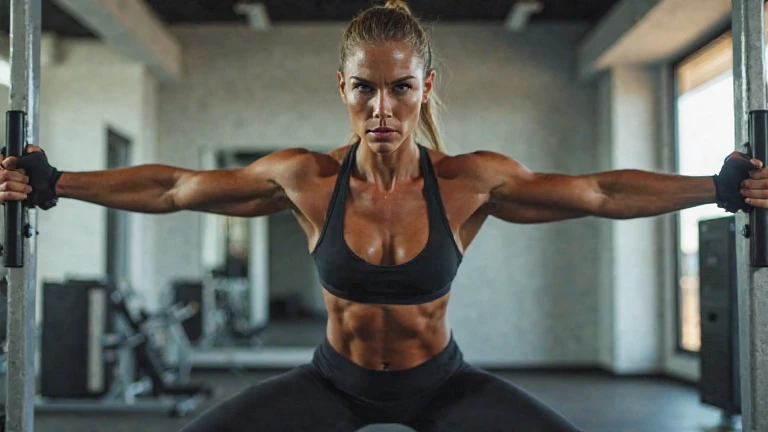
Best Cardio Workouts for Weight Loss
Opt for exercises that burn calories without harming muscles:
- Low-Intensity Steady State (LISS): Walking, cycling, or swimming at a steady pace. These activities last 30-60 minutes and help keep muscle from breaking down.
- High-Intensity Interval Training (HIIT): Short, intense bursts of activity like sprinting or burpees. Aim for 2-3 sessions a week to avoid too much recovery time.
Balancing Cardio with Strength Training
Timing is everything. Follow these tips to avoid muscle loss:
- Do cardio after strength training to focus on building muscle first.
- Don’t do intense workouts back-to-back. Take rest days between high-cardio and heavy lifting days.
- Try recreational activities like tennis or hiking instead of traditional cardio to stay active without getting too tired.
Duration and Intensity Recommendations
| Type | Duration | Intensity | Goal |
|---|---|---|---|
| LISS | 30-60 minutes | 60-70% max heart rate | Maintain energy availability for muscle repair |
| HIIT | 15-20 minutes | Alternate 30 seconds work/1 minute rest | Maximize EPOC (afterburn effect) without overtraining |
Combine these tips with enough protein and rest to keep your muscles strong. Small changes in timing and exercise can make a big difference in reaching your goals.
The Impact of Hydration on Weight Management
Drinking enough water is key to managing weight. It helps your body burn fat not muscle, boosts metabolism, and aids in recovery. Even a little dehydration can slow down these benefits, making it tough to meet your goals.
Why Staying Hydrated is Essential
Water is crucial for breaking down fat. A
2023 study in the Journal of Clinical Endocrinology
showed dehydrated people burn 2% less fat daily than those who drink enough. Here’s how staying hydrated helps keep muscle:
- Supports kidney function to prevent muscle breakdown
- Regulates cortisol levels to reduce muscle loss
- Enhances workout performance to preserve lean mass
How Much Water Should I Drink?
Your water needs depend on:
- Body weight: 30ml of water per kilogram (e.g., 70kg = 2.1L baseline)
- Activity level: Add 500ml per hour of exercise
- Climate: Hot environments require +25% intake
Adding electrolytes from natural sources like coconut water or cucumber helps keep muscles working well during intense workouts.
Signs of Dehydration to Watch For
Look out for these signs every day:
- Dark yellow urine (aim for pale yellow)
- Cravings for salty snacks
- Morning thirst = overnight dehydration
Drinking water with foods high in electrolytes helps your body burn fat while protecting muscle. Use apps like MyFitnessPal to track your water intake and stay on track with your burn fat not muscle plan.
The Importance of Sleep and Recovery
Sleep and recovery are key to losing body fat without sacrificing muscle. Without enough rest, your body can’t rebuild muscle or burn fat well. Poor sleep messes with hormones like cortisol and growth hormone, making fat loss and muscle retention harder. Let’s look at how to make rest a priority for better results.
How Sleep Affects Weight Loss
When you sleep, your body fixes muscles and controls hormones. Bad sleep increases cortisol, which breaks down muscle, and lowers growth hormone for repair. It also raises hunger hormones like ghrelin, making it harder to stick to a diet. Try to get 7-9 hours of sleep each night to keep these systems in balance.
| Hormone | Role |
|---|---|
| Growth Hormone | Supports muscle repair and fat metabolism |
| Cortisol | High levels from sleep loss eat away at muscle tissue |
| Leptin/Ghrelin | Imbalance increases appetite, slowing fat loss |
Strategies for Improving Sleep Quality
- Set a consistent bedtime and wake time, even on weekends.
- Keep your bedroom cool (60–67°F), ideal for sleep).
- Limit screens 1–2 hours before bed to reduce blue light exposure.
- Use blackout curtains and white noise machines to block distractions.
Recovery Techniques to Preserve Muscle
Use these recovery methods with sleep to protect muscle:
| Technique | Benefit |
|---|---|
| Deload Weeks | Reduce workout intensity weekly to avoid overtraining. |
| Active Mobility Work | Improve flexibility and blood flow without stressing muscles. |
| Self-Myofascial Release (foam rolling) | Relieves tension and boosts recovery. |
| Stress Management | Lower cortisol levels to prevent muscle breakdown. |
Use these strategies together to lose fat while keeping muscle. Remember, rest and recovery are crucial for your fitness journey.
Utilizing Supplements Wisely
When you’re looking to ways to slim down without losing muscle, supplements can help. But remember, they should never replace food or exercise. Here’s how to pick the right ones.
Effective Supplements for Weight Loss
Look for supplements that help keep your muscle during dieting:
- Protein Powders: Whey or plant-based options boost protein intake when meals fall short.
- Creatine Monohydrate: Studies show it preserves strength and muscle mass during calorie deficits.
- Caffeine: Enhances focus and energy for workouts without affecting muscle retention.
Protein Powders and Their Benefits
Choose protein sources that fit your dietary needs:
| Type | Source | Best Use |
|---|---|---|
| Whey | Milk | Post-workout for fast absorption |
| Casein | Milk | Before bed to prevent nighttime muscle catabolism |
| Plant-Based | Soy, pea | Vegan-friendly and rich in amino acids |
What to Avoid When Supplementing
Stay away from products with no proven benefits:
- Unregulated fat burners: Many lack safety data and may cause heart issues.
- Unnecessary stacks: Overloading with untested blends can waste money and risk side effects.
Always put whole foods and training first. Supplements work best when used with a solid plan. This plan should focus on ways to slim down without losing muscle through diet and exercise.
Tracking Progress and Adjusting Goals
Tracking your progress is crucial for how to lose weight without losing muscle. Just looking at the scale isn’t enough because muscle and fat have the same weight. To get a true picture, use different methods to track your progress.
How to Measure Weight Loss Effectively
Take weekly waist measurements, monthly photos, and track your strength. Tools like DEXA scans or bioelectrical impedance devices give detailed body composition info. Each tool has its own benefits and drawbacks.
Scale numbers are quick but don’t tell the whole story. DEXA scans are accurate but expensive. Using them together gives a more complete view.
The Importance of Body Composition
It’s important to change your body’s fat to lean mass ratio. Aim for a 0.5–1% weekly fat loss to keep muscle. If your strength goes down while you lose weight, it might mean you’re losing muscle.
Adjust your protein or workout to prevent this. This keeps your muscle safe.
Knowing When to Adjust My Plan
Check your progress every 2–4 weeks. If you hit a plateau or lose muscle, it’s time to change your plan. You might need to adjust your diet or workout.
Consider taking a diet break or reverse dieting if your metabolism slows. When you’re done losing weight, slowly add calories to keep your gains without gaining fat back.
FAQ
How can I lose weight without losing muscle mass?
What strategies can I use to preserve muscle during weight loss?
Is it possible to burn fat without sacrificing muscle?
How much protein should I consume to maintain muscle while losing weight?
What are some tips for retaining muscle while losing weight?
How important is strength training for weight loss without muscle loss?
Can I do cardio while losing weight, or does it lead to muscle loss?
What role does hydration play in maintaining muscle during weight loss?
How does sleep affect my ability to lose body fat without losing muscle?
What supplements can help with weight loss without muscle loss?
How can I track my progress in losing weight without losing muscle?
Did you like this article? See also: https://powerfitguide.com/how-to-prevent-sagging-during-weight-loss/

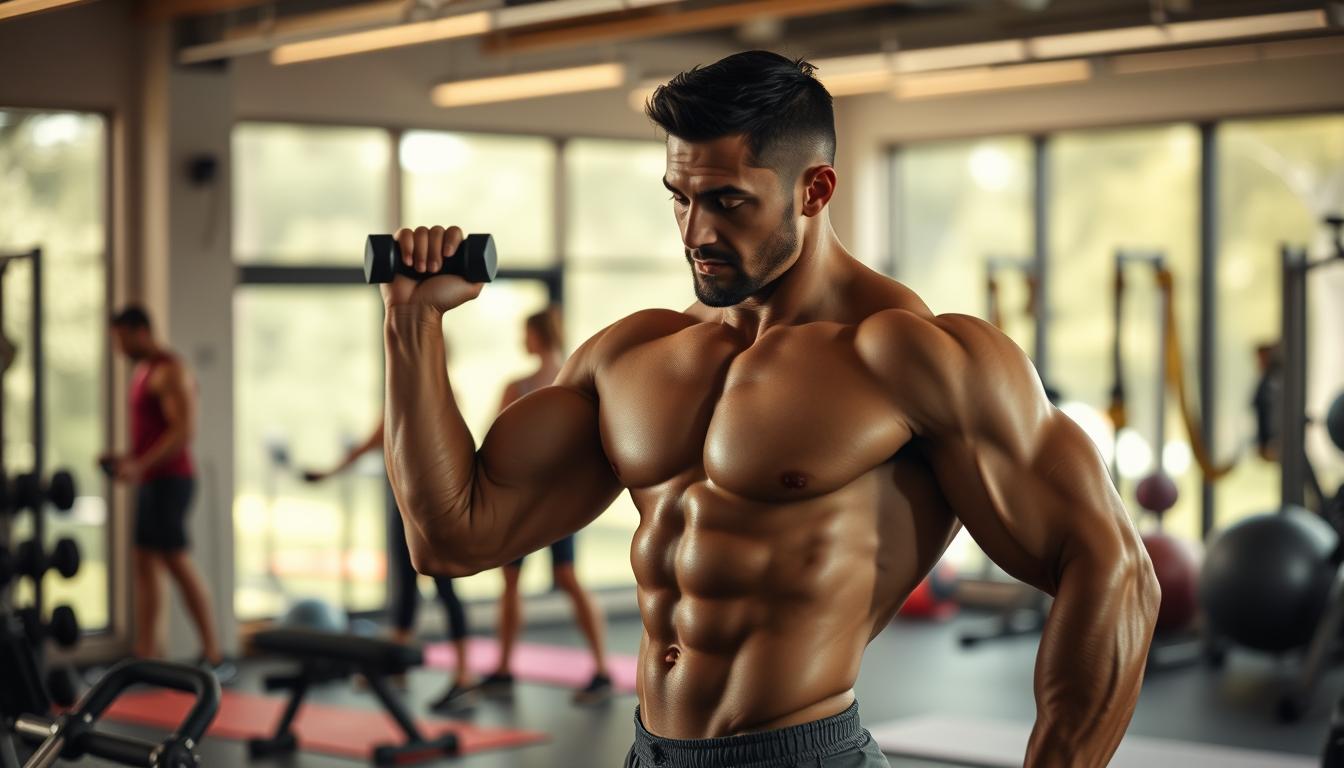




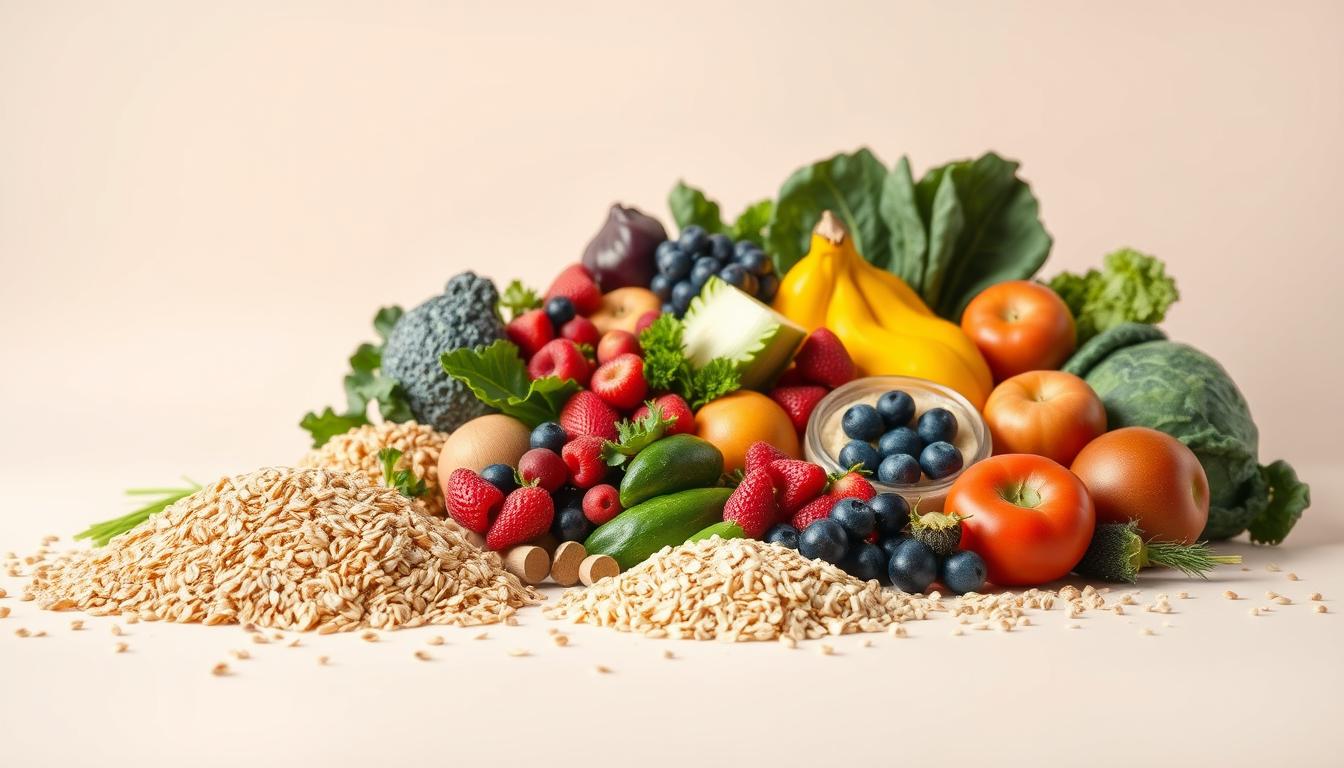
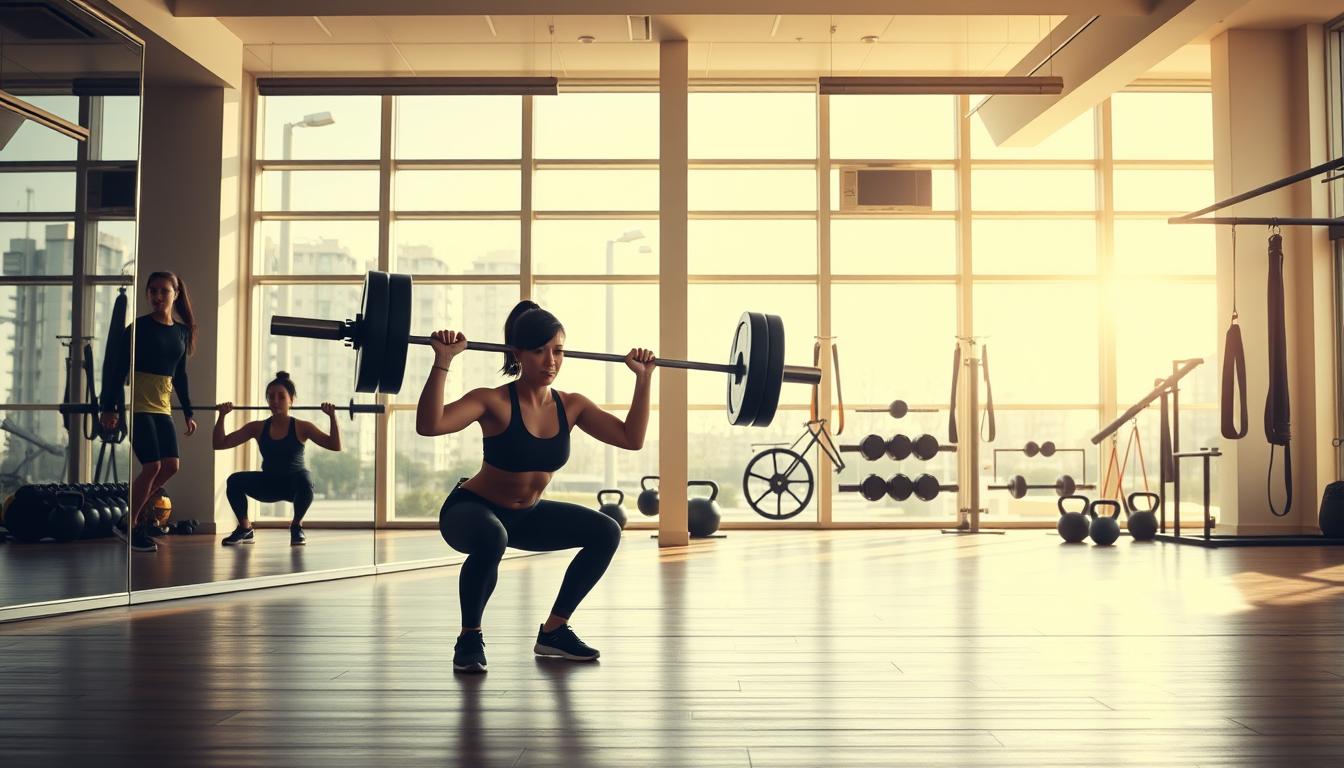
Comment on “Slim Down Safely: How to Lose Weight Without Muscle Loss”